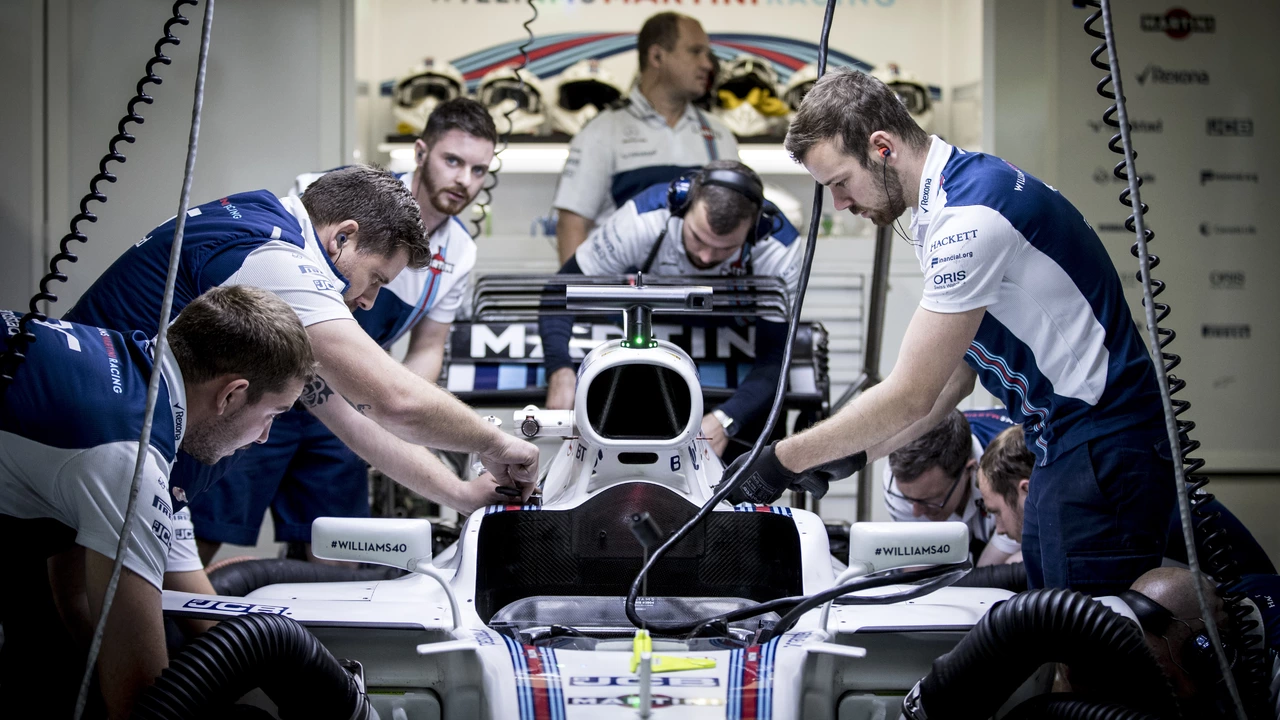Motorsport Career Advice: Your Roadmap to Success
Thinking about a job in motorsport? You’re not the only one. Every year, hundreds of fans dream of swapping the couch for a pit lane. The good news is that the path isn’t a mystery – it’s a series of clear steps you can start taking right now.
Start with the Right Skills and Education
The first thing most teams look for is solid technical knowledge. You don’t need a PhD, but a background in automotive engineering, mechanical engineering, or a specialised motorsport technology course gives you a leg up. Many colleges now offer short diplomas that focus on engine dynamics, chassis design, or data analysis – perfect for getting hands‑on experience without a huge time commitment.
While you’re studying, get your hands dirty. Build a project car, join a university racing team, or volunteer at local track days. Those real‑world hours teach you how theory works on the ground and they look great on a CV. If you’re more into the business side, consider courses in sports management, marketing, or event coordination – teams need people who can sell tickets, secure sponsors, and run smooth race weekends.
Network Like a Pro and Grab Opportunities
Motorsport is a tight‑knit community. A lot of jobs get filled through contacts rather than cold applications. Start by showing up at track events, industry expos, and local club races. Strike up conversations with engineers, mechanics, and even the drivers. Ask questions, share your project experiences, and keep a simple business card or LinkedIn profile ready.
Social media is another goldmine. Follow teams, manufacturers, and key figures on platforms like Twitter and Instagram. Comment thoughtfully on their posts – you’ll get noticed over time. When a team posts a junior vacancy, you’ll already have a name they recognize, which can push your application to the top of the pile.
Don’t overlook internships and entry‑level roles. Many manufacturers run graduate schemes that rotate you through different departments. It’s a fast way to see the whole operation and decide where you fit best. Even a short stint as a pit crew assistant can open doors to more technical positions later.
Finally, be patient and stay adaptable. The motorsport world moves quickly, but it also respects persistence. Keep learning new software, stay up‑to‑date with regulations, and be ready to jump on a chance when it appears. Your next big break might be a chance to help a team fine‑tune data on a rainy weekend or a role testing parts for a junior series.
Bottom line: blend the right education, real‑world practice, and genuine networking. Follow those steps, and you’ll find yourself on the track faster than you think.



